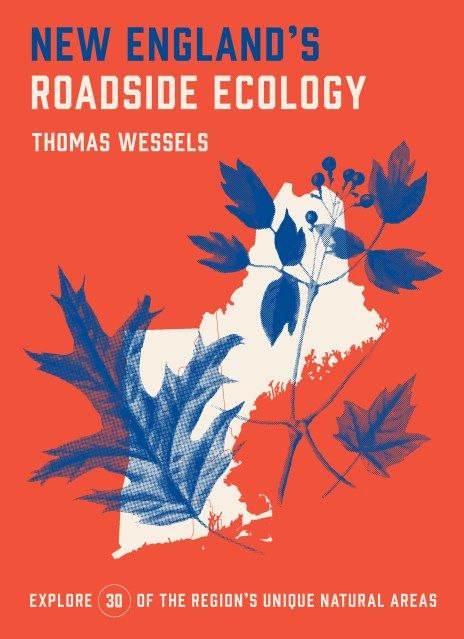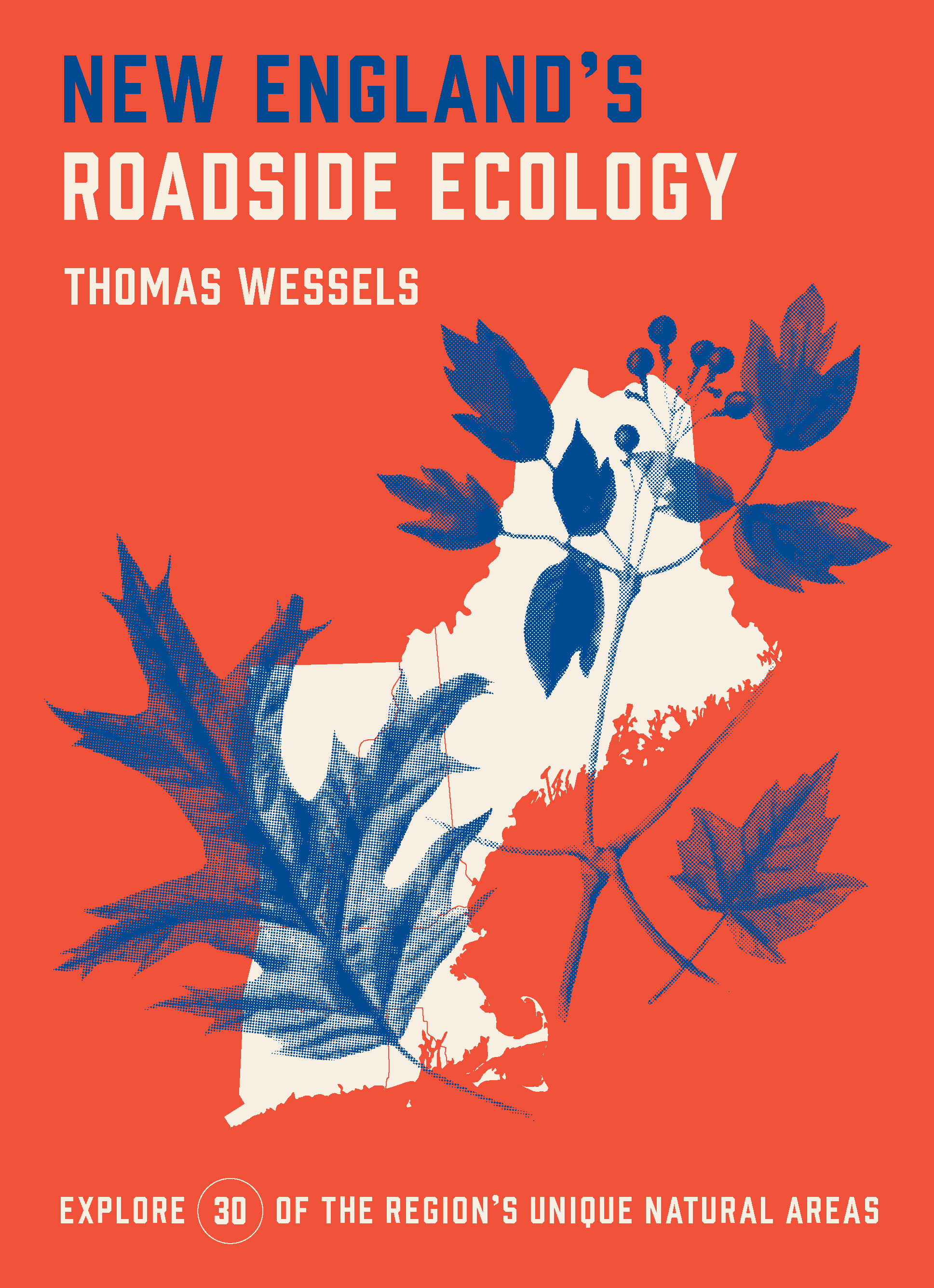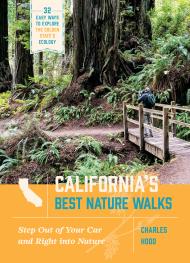Promotion
Use code MOM24 for 20% off site wide + free shipping over $45
New England's Roadside Ecology
Explore 30 of the Region's Unique Natural Areas
Contributors
By Tom Wessels
Formats and Prices
Price
$11.99Price
$15.99 CADFormat
Format:
- ebook $11.99 $15.99 CAD
- Trade Paperback $24.95 $30.95 CAD
This item is a preorder. Your payment method will be charged immediately, and the product is expected to ship on or around September 14, 2021. This date is subject to change due to shipping delays beyond our control.
Also available from:
Step Out of Your Car and Right into Nature!
New England’s Roadside Ecology guides you through 30 spectacular natural sites, all within an easy walk from the road. The sites include the forests, wetlands, alpines, dunes, and geologic ecosystems that make up New England.
Author Tom Wessels is the perfect guide. Each entry starts with the brief description of the hike's level of difficulty—all are gentle to moderate and cover no more than two miles. Entries also include turn-by-turn directions and clear descriptions of the flora, fauna, and fungi you are likely to encounter along the way. New England’s Roadside Ecology is a must-have guide for outdoor enthusiasts, hikers, and tourists in Connecticut, Maine, Massachusetts, New Hampshire, Rhode Island, and Vermont.
Genre:
-
“A primer on the characteristics of the landscape of the region, emphasizing the exciting and complex interrelationships among species.” —The Boston Globe
“An indispensable guide…New England’s Roadside Ecology is likely to become a perennial reference for years to come.” —Comfort Me with Nature
- On Sale
- Sep 14, 2021
- Page Count
- 236 pages
- Publisher
- Timber Press
- ISBN-13
- 9781643260945
Newsletter Signup
By clicking ‘Sign Up,’ I acknowledge that I have read and agree to Hachette Book Group’s Privacy Policy and Terms of Use







